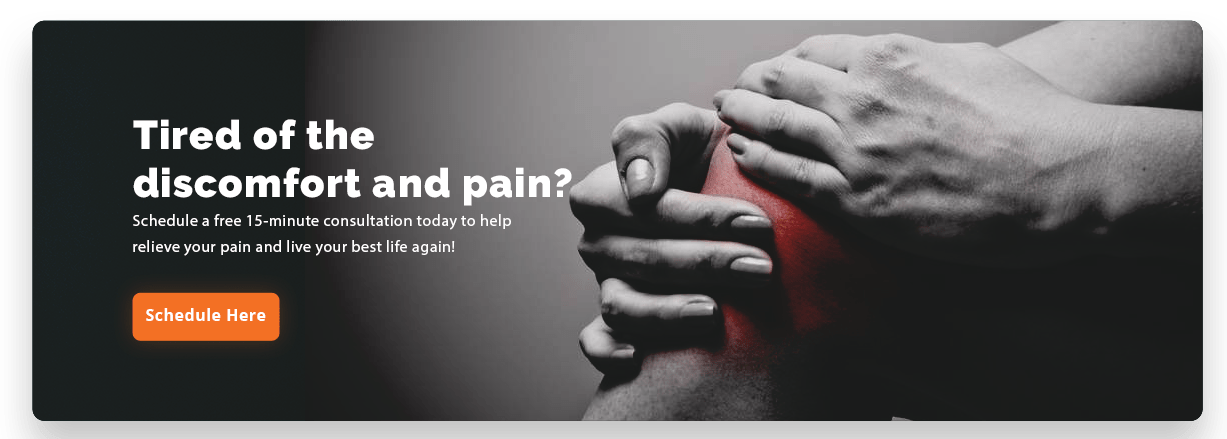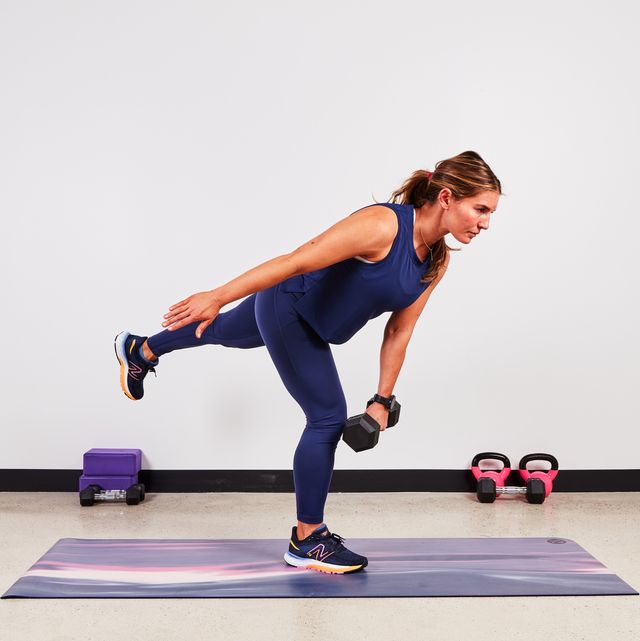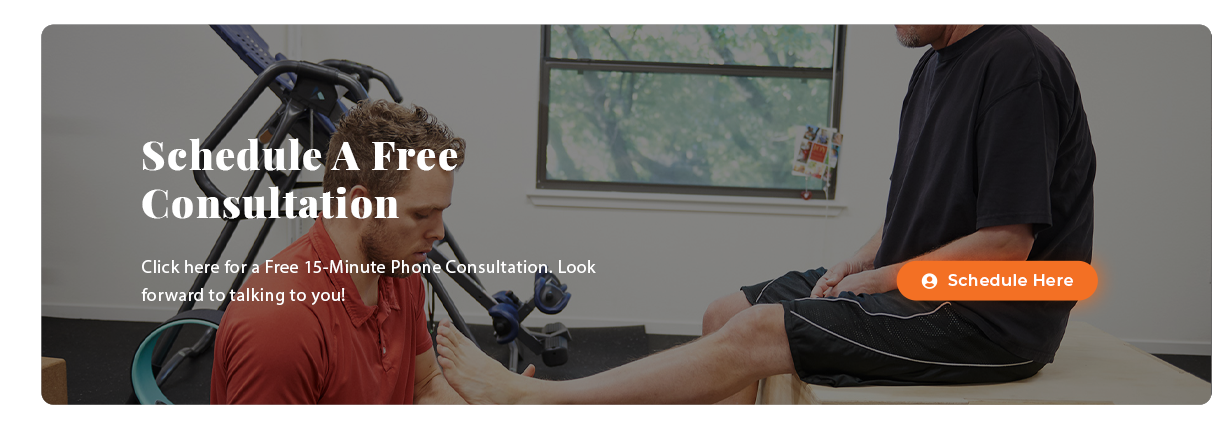“If you don’t find the time, if you don’t do the work, you don’t get the results.” – Arnold Schwarzenegger
Exercise is certainly not for anyone. And, while almost everyone can benefit greatly from regular exercise, not everyone enjoys it. However, there are certain exercises that most people can participate in that are not difficult to perform and take relatively little time to execute.
Why Single Leg Exercises Matter
When it comes to building a strong and functional lower body, single-leg exercises often take a backseat to two-legged versions like squats and deadlifts. However, incorporating single-leg exercises into your workout routine can provide a wealth of benefits that go beyond just leg strength. In this article, we’ll explore the value and numerous advantages of including single-leg exercises in your fitness regimen.
Enhanced Balance and Stability
Single-leg exercises force your body to engage stabilizing muscles in ways that traditional two-legged exercises do not. By standing on one leg, you challenge your core, glutes, and smaller muscles around your ankle and knee joints. This increased demand for balance and stability translates to improved overall coordination and reduced risk of injury, both in sports and daily activities.
Muscle Symmetry and Imbalance Correction
Many individuals unknowingly have muscle imbalances between their left and right sides. Single-leg exercises can help identify and address these imbalances. By working each leg independently, you can ensure that one leg doesn’t compensate for the other, ultimately leading to more symmetrical muscle development.
Functional Strength
Single-leg exercises mimic real-life movements more closely than bilateral exercises. Think about the activities you perform daily, such as walking, climbing stairs, or even playing sports. These actions often require one leg to bear the load while the other moves. Incorporating single-leg exercises into your routine helps build functional strength that directly translates into improved performance in everyday tasks.
Injury Prevention
Strengthening each leg individually can help prevent injuries, particularly to the knees and ankles. The improved muscle balance and stability gained from single-leg exercises can reduce the risk of sprains, strains, and tears that often occur during sports or other physically demanding activities.
Greater Range of Motion
Single-leg exercises often require a greater range of motion compared to their two-legged counterparts. This increased range of motion can contribute to improved flexibility and joint health, promoting longevity in your fitness journey.
Single-leg exercises might not always steal the spotlight in the gym, but their value and benefits should not be underestimated. Incorporating these exercises into your workout routine can enhance your balance, correct muscle imbalances, improve functional strength, prevent injuries, and provide a greater range of motion.
So, whether you’re a seasoned athlete or just starting your fitness journey, consider adding single-leg exercises to your training repertoire to unlock your full lower body potential.
Leg Day: 10 Great Single Leg Exercises You Can Try
With this selection of single leg exercises, you can progressively increase the intensity and difficulty as you go through your workout. This can help you challenge yourself and continue to make gains in strength and stability.
Lunges:
- Stand with one leg forward and the other extended back.
- Bend both knees to lower your body until both knees are at 90-degree angles.
- Push back up to the starting position.
Step-Ups:
- Stand in front of a step or bench.
- Step one foot onto the step, pushing through the heel.
- Straighten the leading leg, then lower the trailing leg back down.
Single-Leg Deadlift:
- Stand on one leg while holding a dumbbell or kettlebell in one hand.
- Bend at the hip and extend the free leg behind you while lowering the weight toward the ground.
- Return to an upright position.
Bulgarian Split Squat:
- Stand a few feet in front of a bench with your back to it.
- Place one foot on the bench behind you.
- Lower your body by bending your front knee until your thigh is parallel to the ground.
- Return to the starting position.
Single-Leg Box Jumps:
- Stand on one leg in front of a box or platform.
- Jump onto the box using just the one leg.
- Step down and repeat.
Single-Leg Glute Bridge:
- Lie on your back with one knee bent and the other leg straight.
- Lift your hips off the ground, keeping the extended leg in line with your body.
- Lower your hips back down and repeat.
Pistol Squat:
- Stand on one leg with the other leg extended straight out in front of you.
- Lower your body down as far as you can while keeping the extended leg off the ground.
- Return to the starting position.
Single-Leg Calf Raises:
- Stand on one foot at the edge of a step or platform with your heel hanging off.
- Raise your heel as high as possible by flexing your calf muscle.
- Lower your heel below the step to stretch the calf before repeating.
Single-Leg Leg Press:
- Use a leg press machine and position one foot on the platform.
- Push the platform away from your body using only one leg.
- Return to the starting position.
Single-Leg Swiss Ball Hamstring Curl:
- Lie on your back with your heels on a Swiss ball.
- Lift one leg off the ground and roll the ball toward your glutes using the other leg.
- Extend the leg to roll the ball back out.

Some Logistics for Single Leg Exercises
The number of different single leg exercises you should include in one workout session can vary based on your fitness goals, experience level, and the specific exercises you choose. However, a general guideline is to incorporate two to four different single-leg exercises in a single workout session.
Remember that it’s essential to prioritize quality over quantity in your workouts. Proper form and control are crucial, especially when performing single-leg exercises that challenge your balance.
Additionally, it is always advisable to consult with a fitness professional or trainer to design a workout program that suits your individual needs and goals, ensuring that you’re using the right exercises and techniques for your fitness level.
Maintain Your Fitness while Remaining Pain Free
If you’re dealing with chronic and recurring pain, you can embark today on a journey towards total pain relief. And the initial step on this path involves connecting with Pain and Performance Solutions.
One notable approach we offer is the Active Release Technique®, or (ART®), a proven method for addressing a diverse range of soft tissue and joint pain. ART® stands as a patented, non-invasive treatment approach meticulously tailored to target various soft tissues.
This treatment is both secure and absent of pharmaceuticals, delivering remarkable efficiency.
We strongly urge you to arrange an appointment today. In your preliminary consultation and evaluation, we will work with you to establish a comprehensive grasp of your existing pain issues, any distress you may have encountered, and your current physical activity level.
Once we pinpoint the roots and characteristics of your condition, we can start the process of treatment and alleviation for your knee pain.
Contact us today at (707) 636-4404 or make use of our online booking form to schedule a consultation and pay a visit to our office.

